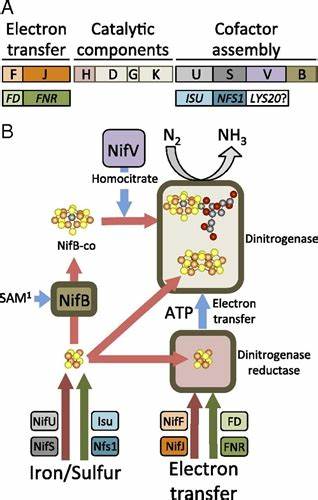The degree of damage to rice caused by low temperatures is quite different due to differences in cooling intensity, duration of cooling, temperature changes after cooling, and weather conditions at that time. According to the degree of harm to rice, it can be divided into three kinds of low-temperature weather: light hazard, medium hazard, and heavy hazard. The japonica rice in the north of the Yangtze River suffers from low temperatures, while the heavy rain in the southern Jiangsu Province has a higher risk of occurrence of low temperature hazards.
Defense against cold hazards,
First, according to the characteristics of low temperature around the place, a reasonable crop layout is adopted, and the suitable variety for the growth period is selected to avoid cold damage during heading and flowering.
Second, in the cold-prone Xuhuai rice area and the southern single-late-to-late rice area, pay attention to cultivation and management, promote rice plants to be robust, and keep the earlines close to the safe heading variety or field. All measures that may delay heading should not be applied. . The third is spraying thermal insulative agent to form small membranes on rice stems and leaves to cover stomata, inhibit transpiration, and reduce thermal energy consumption. The fourth is spraying 920 to accelerate the heading progress and reduce the neck phenomenon. Spraying 1 gram of pure product 920 per mu can increase the heading period by about 3 days. Fifth, spraying foliar phosphate fertilizer, foliar fertilizer, etc., to reduce the "cold dew wind" hazard. In addition, spraying 0.1% of humic acid sodium salt, 1.5% of potassium chloride, 10% of human urine, and 2% of urea solution have a certain effect on improving the seed setting rate. Sixth is to deepen water. In the deep water above 5 cm before the arrival of “cold dew windâ€, the temperature of the field surface and panicle can be increased by 1~2°C. The water is drained the next morning after irrigation, and the river or pond water with higher temperature is recharged in the evening to maintain the insulation effect.
The utilization of plant growth promoting rhizobacteria (PGPR) in agriculture is continuously increasing as it offers an effective tool to replace the use of chemical fertilizers, pesticides and other harmful supplements (Ansari et al., 2017, Ansari and Mahmood, 2019a). Growth promoting substances are produced in huge quantities by the action of these rhizosphere microorganisms that directly or indirectly influence the overall morphology and physiology of the crops. Recent advances in the field of sustainable development relies on the use and diversity of PGPR, their colonizing capability and the mechanism of action that may be used to facilitate their application as a dependable element in the management of sustainable agricultural system.
Azotobacter is a group of Gram negative, free-living, nitrogen fixing aerobic bacteria inhabiting in the soil. They are oval or spherical in shape and form thick-walled cysts (dormant cells resistant to deleterious conditions) under unfavorable environmental conditions. Around six species in the genus Azotobacter have been reported, some of which are motile by means of peritrichous flagella while others are immotile . They are typically polymorphic having size ranging from 2 to 10 µm long and 1 to 2 µm wide. The genus Azotobacter was recognized in 1901 by Dutch microbiologist, botanist and founder of environmental microbiology-Beijerinck and his co-workers as the first aerobic free-living nitrogen fixer. These bacteria are known to exploit atmospheric nitrogen for their cellular protein synthesis which is mineralized in the soil, imparting the crop plants a considerable part of nitrogen available from the soil source. Azotobacter spp. is sensitive to acidic pH, high salt concentration and temperature . They pose advantageous impacts on the crop growth and yield through the biosynthesis of biologically active substances, instigation of rhizospheric microbes, production of phytopathogenic inhibitors, alteration of nutrient uptake and eventually magnifying the biological nitrogen fixation . Research on Azotobacter chroococcum in crop production has shown its importance in improving plant nutrition and amelioration of soil fertility . Several strains of Azotobacter are found to be able to produce amino acids when grown in culture media supplemented with various carbon and nitrogen sources . Such substances produced by these rhizobacteria are implicated in several processes thus leading to plant-grown promotion . The scope of utilizing Azotobacter chroococcum in research experiments as microbial inoculant through release of growth substances and their impact on the plant has markedly improved crop production in agriculture.

Azotobacter vinelandii
Biodep Biotechnology Co. ,Ltd. , https://www.biodep.com